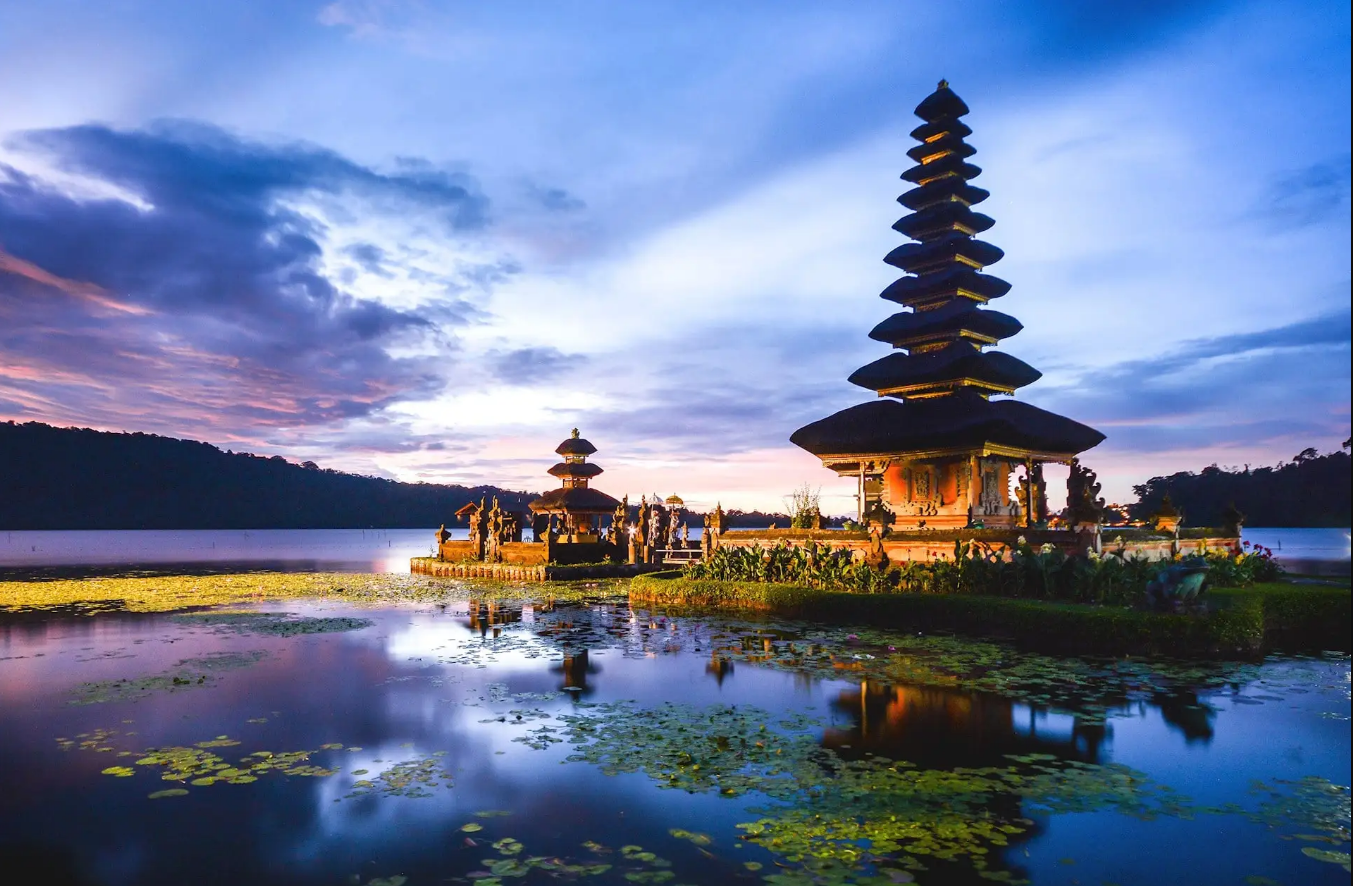
Case Study of MMF in Indonesia
Indonesia has a high level of expertise in viscose and polyester.
Until 2008, business was reliant on a few of new customers. Their business suffered in 2008 as a result of the economic downturn. Key issues continued to plague the sector such as weak infrastructure and unresolved labour disputes which impacted the manufacturing sector as a whole. The Indonesian government increased wages in 2011. At that time, Koreans began to migrate there to build infrastructure in low-cost areas. The economy started to improve gradually. Investment in Indonesia’s textile and garment industry grew from 149.88 trillion RP in 2010 to 151.77 trillion RP (16.54 billion USD) in 2011. The number of textile companies also rose from 2,880 to 2,980, a 3.5% increase (as per Indonesia Textile Association). Efforts such as the government’s program to upgrade machinery coupled with the unique attributes that its labour force has to offer being largely young, low cost and easily trained have not gone unnoticed by international investors. Collectively in 2011, new training centres such as the Indonesia German Textile Centre and the government’s restructuring program have created 61,000 new jobs, increased production capacity by 19%, boosted productivity by 9% and increased energy efficiency by 22% (Indonesia Textiles Association). With the Quantities in sight, pricing for imported and domestic raw materials became competitive, and exporters kept up their aggressive marketing to win over major clients like H&M, Uniqlo, etc. Indonesia has proved itself to be a serious player within the global textile and apparel industry.
Eventually, even without having an FTA with the USA or EU, the nation was able to almost double the export figures for MMF in just two years due to larger quantities, lower raw material costs, and lower wage regions. Right now H&M, Uniqlo, GIII, Express, Polo Ralph Lauren, Adidas, Walmart, Gap, etc. are their biggest customers.
